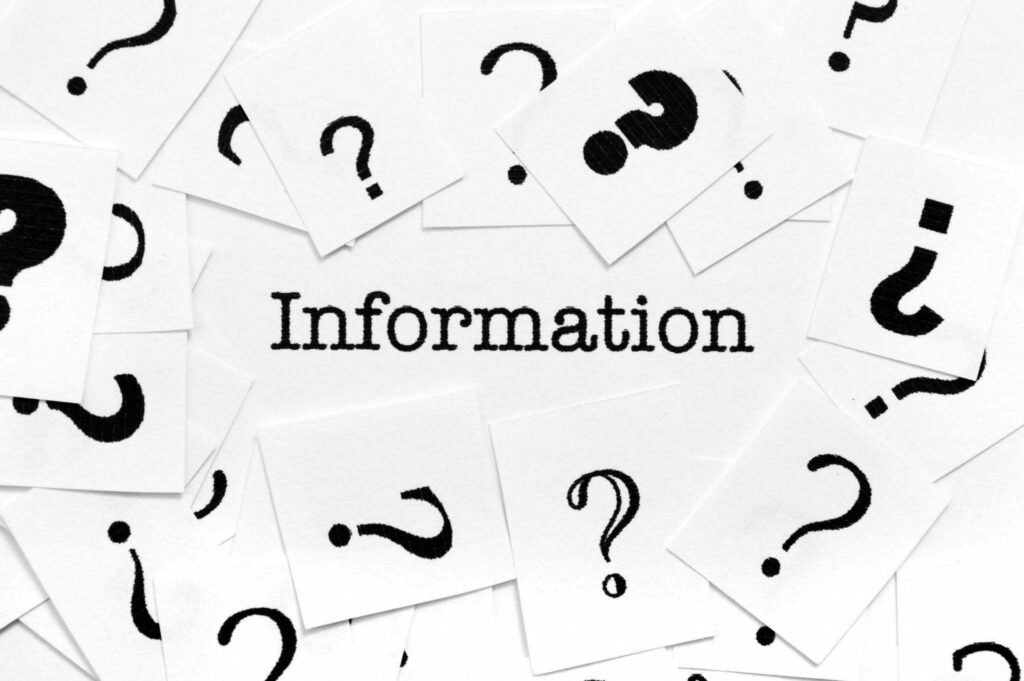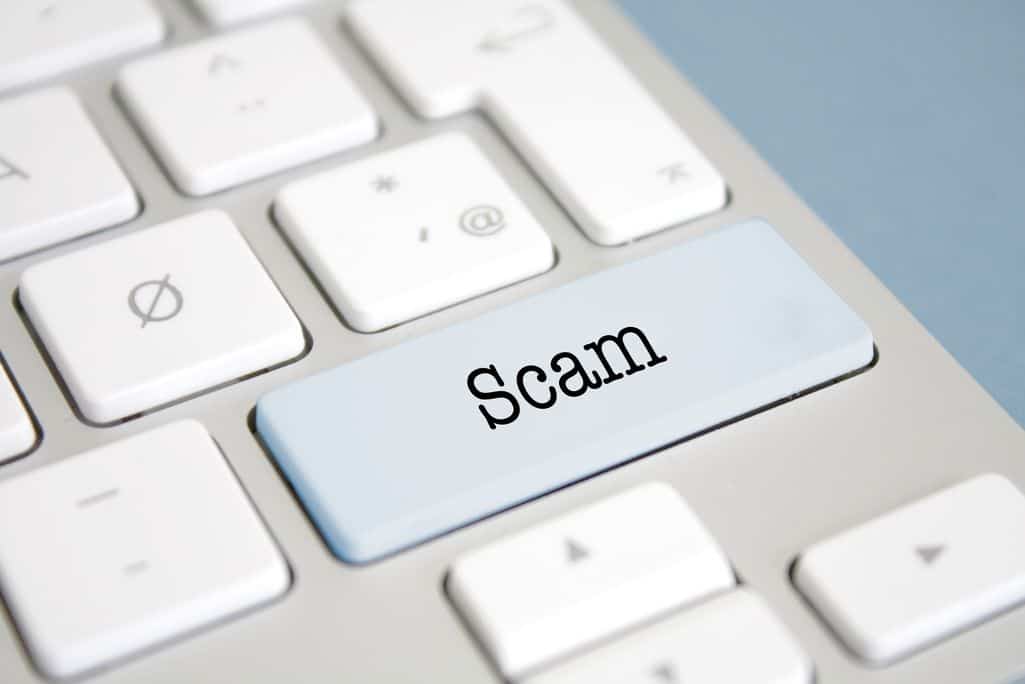9 January 2020 Concept Car
Four letters really can make a lot of difference. In August of this year, the DVLA (Driver and Vehicle Licensing Agency) announced that its services would be unavailable for one weekend. It didn’t seem all that much of a big deal. You simply couldn’t taxi your car, that’s all.
Shortly after the anouncement, however, the media were all over it. As This is Money explains, the two day offline time was almost certain to infuriate UK drivers. After all, it made it impossible to buy a second hand vehicle. With the DVLA servers down, cars could not legally be transferred from one user to the next.
A short answer is: Taxation and insurance. At about £6 billion, road tax is one of the biggest sources of income for the Exchequer. And not properly taxing your car is one of the worst offences you can commit while driving.
So it is easy to see why not being able to register your car for tax is an issue.
In this article, we’ll show you what, exactly, the DVLA and the DVLA car check entail. We’ll go into the different parts of the check and explain what you need to keep in mind when buying or selling a car.
As you’ll quickly discover, the DVLA is not really a cause for frustration. On the contrary, it is actually quite useful!
But first things first. Let’s talk just very briefly about the organisation behind the DVLA car check. The Driver and Vehicle Licensing Agency was founded in the mid 60s, originally as the DVLC. Its main purpose was to efficiently process car registrations and to make the information available to those who need it.
Quickly, the DVLA turned into a behemoth, with branch offices all around the country. During this period, the agency developed the key elements of the registration process, many of which are still in place today.
Just as quickly as the DVLA had expanded, it retreated after the arrival of the Internet. Online registration meant there simply wasn’t any need for a dense network of branch offices any more. Within just a few months in 2013, all of them disappeared from sight, leaving just a single one: Its head office in Swansea, Wales.

The information handled by the DVLA is sensitive and important. Which gives the agency a lot of power. Effectively, it decides who is allowed to drive in the UK. As the BBC have reported, this process hasn’t always been fair.
There have also been cases where volatile data was stolen. The agency has taken its time switching from a paper based system to the digital realm. Still today, the most vital pieces of information are processed manually.
More fundamentally, the DVLA has come under fire for its double taxation policy. Imagine you’re buying a used car at the end of the month. The previous owner will already have paid vehicle tax for that month. Still, the moment you sign the papers and become the new owner, you are obliged to pay for the same month a second time.
All in all, however, it does look as though the DVLA is doing a reasonably good job. Let’s now quickly take a look at the other functions of the DVLA and why taxation is so important.
Taxation is of vital importance to the state. This is especially true when it comes to vehicle taxes. These taxes pay for road building and road improvements. They can also be raised to direct more people to public transport and to create incentives for more ecologically friendly cars and technologies. For cars to work, at least a small vehicle excise duty is indispensable.
Somewhat more cynically, you could also argue that the government needs these taxes to fill the gaps in its budget. Certainly, this has become a lot easier after the late 1930s, when the money raised through the VED went into a Consolidated Fund. This meant it did not need to be spent exclusively on road work. Instead, it could be used for a variety of purposes.
For the same reasons, failing to correctly tax your car – or driving an untaxed vehicle – is a severe felony.
It is easy to see why taxation can become an issue when buying a used car. After all, you need to be sure that taxes on the car have been paid in full. With a registered dealer, these things are easy to track and typically part of the buying process. With private sales, they can become a bit murkier.
So what does all of this have to do with the DVLA? Quite simply, the DVLA collects all the necessary information about taxation and then allows you to retrieve it from their website.
With just a few clicks, you can make sure that everything is on order and that you can safely buy the car. And by registering the car to you, you make sure that your car is properly taxed and retains the right to remain on the road.
So it is quite natural that potential car buyers were dismayed when the DVLA announced its servers would remain unavailable for a weekend straight: Without their car check, you simply can not officially buy a car in the UK!
There is really nothing more simple than performing the DVLA car check. Simply visit the agency’s online platform and enter the required information.
Most of the information you’ll need is available by typing in the car’s number plate.
Just as an interesting aside, internally the DVLA does not use the car’s number plate for identification purposes. Instead, it uses the Vehicle identification Number. This prevents multiple registrations to the same number plate.
Once you’ve entered the license plate number, you’ll see a plethora of information:

The information available from the DVLA website might seem trivial at first. Couldn’t you just look at the car to see that it’s silver coloured, for example? This, however, is not the point.
The DVLA car check is an important part of verifying that you’re not buying a stolen vehicle. You can do this by simply checking whether the information on file matches the actual car in front of you. Even tiny deviations could indicate that there is something wrong.
The vehicle status is one of the most essential pieces of data on file. It is not something you’d be able to detect with your bare eyes. It specifies whether tax is due on the vehicle or whether it’s been taken off the road (this is called SORN).
For even deeper information on the tax rates of the car, you wil need the current 11 digit reference number from the V5C registration certificate.
For years, the V5C was the sole document when it came to vehicle registration. And despite a global trend towards paperless communication, it is one of the few items that have remained relevant until the present day.
The V5C is a logbook containing all the relevant registration data related to a car. In short: It is the paper version of the information you can get at the DVLA car check website.
This may sound like a slightly disappointing answer, with all the expansive articles dedicated to it. It is, however, the truth: The V5C, despite a name which sounds similar to a robot from Star Wars, offers no exclusive information any more.
You don’t need to possess prophetic talents to predict it will disappear sooner rather than later.
However, at least for the moment, the V5C is still an important part of the DVLA car check. Although you can now adjust the information contained in the V5C online, you will nonetheless need a new physical document to match those changes.
So how does all of this work?
As a buyer, you need to make sure the V5C is correct. You should be able to see a DVL watermark on the document. Just hold the logbook to the light and look for it. If you can not see it, you may be looking at a forgery.
The name of the person selling you the car should match the name on the document under the registered keeper tab. Also, the registered address should be the location where you actually go to see the car. The Vehicle identification number should be the same on the V5C as on the metal strip at the base of the windscreen.
If everything is in order, the sale can proceed.
For a car sale to take place, the vehicle will need to be registered from the previous owner to you. This can be done in two ways:
By sending in the V5C with your most current information. Each V5C contains a supplement titled V5C/2 new keeper. This can be torn off as a slip and then sent to the DVLA by post. Within a few days, you should receive a new document updated with the latest data.
By making the changes online. The way this works is the previous owner enters your information on the DVLA car check website and then asks for a new V5C. Within no more than 5 days, your new logbook should be with you.
As we’ve mentioned before, you can not transfer the tax already paid on the vehicle. This means your tax is due as soon as you receive your new V5C.

When talking about the V5C and the DVLA car check, some people will occasionally mention the abbreviation SORN. Although you probably will never actually need to use it, it is useful to at least know what it stands for.
SORN is short for ‘Statutory Off Road Notification’. Simply put, it is the status awarded to a car that is no longer intended to be driven and which is now permanently parked in a garage or other storage facilities.
SORN cars do not need to pay taxes. They are also strictly forbidden from being driven, even in an emergency or just to take it for a one minute ride around the block.
The point of SORN is to create the opportunity for you to take a car from the road and avoid having to pay unnecessary taxes. Let’s say you own three cars, one of which is an oldtimer. While you like to perform some maintenance on the latter, you never actually use it anymore. However, without SORN, even if you were to leave it parked in the garage for thirty years, you would still need to pay taxes on it. In cases like this, SORN provides you with the opportunity of keeping the car, but no longer having to pay taxes.
You do need to be aware that driving a car with SORN status will lead to severe consequences should you get caught.
There is one more piece of information contained in the V5C: The MOT status of the vehicle.
The MOT (ministry of transport) test needs to be performed annually. Its aim is to verify whether the car is safe and roadworthy and meets current emission standards. In many respects, it is similar to a car check by an independent agency such as the AA or RAC. The main difference, however, is that the MOT is a lot less thorough.
In and of itself, the MOT test will only privide you with the most basic of information about a prospective purchase. If you really want a meaningful quality assessment of the vehicle, there are better options at your disposal. (See our in-depth report on the best vehicle inspection check lists on our blog for that.)
However, since the MOT is mandatory, it is essential that the car has a gapless record of these tests in its documentation.
By entering the license plate on the DVLA car check website, you can find out if a car passed all of its MOT tests. If it didn’t, the website will specify exactly, why.
What kind of reasons could you potentially find?
Thanks to the continuous documentation of these failures, you should be able to get some insights on how the previous owner/keeper has treated the car. These notes will also automatically tell you where to look first when inspecting the car or taking it for a test drive.

The DVLA information can make the difference between buying a car or not buying it. As you can imagine, this creates a pretty big incentive to tamper with the data.
You don’t need to expect the worst. Most car sales in the UK, including private ones, are perfectly professional and secure. But it certainly can’t hurt to be prepared.
Follow the following tips to make sure the deal is legit:
The DVLA car check will give you plenty of information. Some may say that it offers you more than enough data to base your purchasing decision on.
Others argue that you can never know enough.
One thing’s for sure: Buying a car is a risky business. What’s more, it is an expensive risk should you run into trouble. The RAC therefore emphasises the importance of finding out more than what is mandated by law:
“When buying a secondhand car, it’s important to find out as much as possible about its history. This helps you find what the seller potentially doesn’t want you to know. These checks primarily reveal if there are any hidden discrepancies in the car’s history, such as being written off. Research suggests as many as one in four cars have a hidden history – this could include it being stolen or written off or having outstanding finance (which could cost you dearly).”
The additional checks offered by the RAC and similar organisations combine even more data into a comprehensive report. Included in this report is general, but useful information on the typical breakdown reasons as well as average running costs for your particular make and model. In many cases, this will include financial information, such as any loans taken out on the car and, potentially, still outstanding debt.
Do you need all of this? We’d say it depends. With a registered dealer, it seems unlikely that the car you’re considering would truly have outstanding debt on it. The V5C includes everything you truly need.
At a private sale, however, you may want to double check things if you you feel there’s a reason to be suspicious.
Generally speaking, however, if the keeper of the car matches the name on the document and if you’re buying the car at the registered address, this alone should give you some safety. Offering you more safety is one reason why the DVLA car check was introduced. That’s great news. Just don’t let it turn into an obsession.
9 January 2020 Concept Car